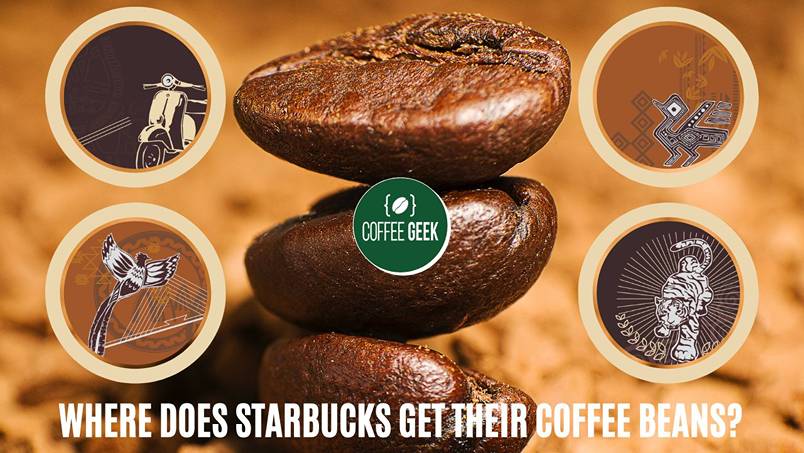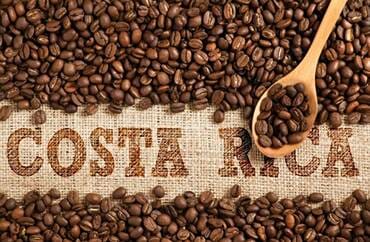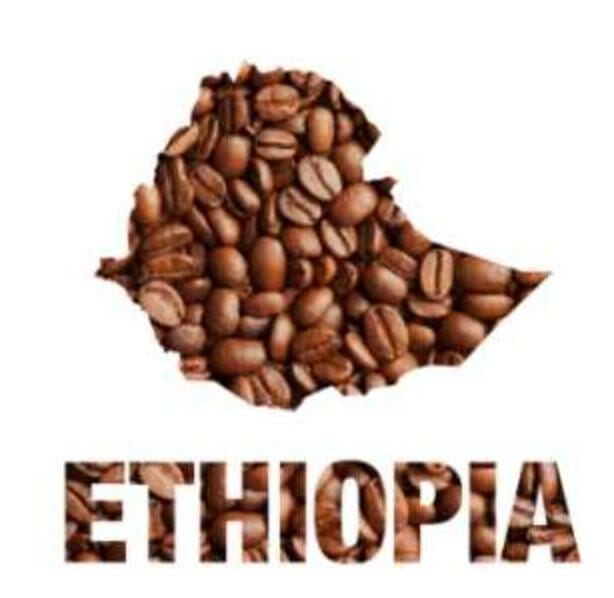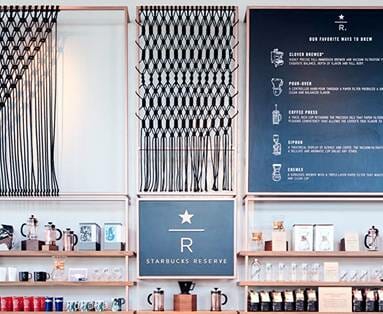Starbucks coffee is world-famous and loved by coffee drinkers on almost every continent.
Starbucks is also well known for its conscious business practices and expansive variety of locally-themed blends.
Personally, it feels like every time I stop by a Starbucks they’ve got a new coffee beverage on offer, often with its own rich backstory.
While Starbucks has its roots in Seattle in the United States, its coffee most definitely doesn’t.
So, where does Starbucks get their coffee beans?
In fact, since Starbucks’ very early days of Pike Place Market it’s been sourcing coffee beans from much further away—and for good reason.
Let’s examine the origins of the coffee beans from around the world that Starbucks sources for their signature coffee blends and famous premium coffee.
Why Does the Origin of Coffee Beans Matter?
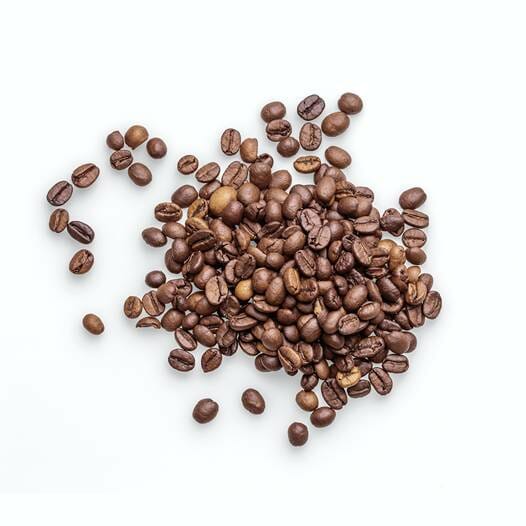
Beans Flavor and Character
For one, where your coffee beans come from plays a huge role in how your coffee tastes!
Just like any other kind of produce, coffee beans can taste drastically different based on a variety of factors like…
Soil quality and content that coffee trees are planted in
How the coffee plants are nurtured and fertilized by coffee farmers
The climate and weather the premium coffee beans are grown in
Harvesting and roasting variety methods
Fair Trade Coffee Buy and Ethical Beans Sourcing
Beyond the impact on how your morning cup of coffee tastes and perhaps, more importantly, are the implications the industry has on the people around the world who earn their living growing coffee beans.
Just like with any modern globalized industry, the coffee beans that ultimately provide your coffee fix go on a lengthy, complex journey to get from different countries and sources all the way to your local coffee shop.
In other countries where coffee beans are farmed, fair business practices and ethical treatment of workers aren’t always a certainty.
It’s up to the businesses that make up the industry of coffee to guarantee farmer equity and to enforce environmental criteria while benefitting from a steady supply of that beloved coffee from arabica beans.
Where Does Starbucks Coffee Come From?
It may surprise you to find out that the coffee giant doesn’t have total control over the beans it relies on to make its wide range of famous Starbucks coffees.
While coffee in Starbucks stores is, according to the company, carefully selected for quality and ethics, Starbucks doesn’t directly produce coffee itself.
And in fact the majority of North American and European regions in which coffee Starbucks is best known and sought out aren’t even conducive to growing coffee plants there.
The vast majority of companies and brewers in the coffee industry get their coffee from three regions collectively known as the Coffee Belt.
The World Coffee Belt
The Coffee Belt is a stretch of the world that extends north and south way of the equator.
The boundaries are roughly between the Tropic of Cancer and the Tropic of Capricorn.

This “belt” around the world generally has the kind of very specific conditions trees need in order to grow coffee.
In general, it’s very difficult or impossible getting to grow coffee unless a bunch of factors line up in your favor, like:
Relative humidity
Rainfall
Nitrogen levels in the soil
Temperature (not too cold)
Elevation
Naturally, the places that offer these favorable conditions are at latitudes where tropical climates dominate.
For the best coffee yields, there are three regions in particular that have become the center of the coffee trade.
Latin America
According to Starbucks’ website, Latin American Coffees are perhaps a favorite of the coffee giant.
With by far the largest land area of the 3 coffee belt regions, Latin America produces a delicious, flavorful bean coffee lovers never grow tired of.
The Latin American Coffee Belt consists of most countries in Central America as well as many in the northern half of South America.
Costa Rica is a uniquely notable contributor of some of the most sought-after coffees from Latin America.
The Latin America country is covered in rich volcanic soil, which has a significant impact on the quality and flavor of the coffee bean grown in Costa Rica, Latin America.
Africa
Ethiopia in Africa in particular is where coffee was first discovered and grown.
Today, several countries throughout the African continent are dedicated coffee producers, and Africa is known to produce some of the richest and most exotic flavors of coffee in the world stores.
This region in Africa is a favorite of passionate coffee enthusiasts who want to sample coffee as it was originally enjoyed, and also treat their taste buds to some of the rarest coffee flavors available.
Asia Pacific Region Coffee
The last major region in the Coffee Belt is parts of Asia and the surrounding Pacific Islands.
When we talk about this region, we’re referring to tropical countries like Thailand, Vietnam, Indonesia, India, and Papua New Guinea.
Starbucks describes the coffee that comes from these regions as full-bodied and “syrupy smooth.”
The company’s world well known Pike Place Roast is a blend made up of coffee sourced from the Asia Pacific region as well as Latin America.
What is Starbucks Reserve Coffee?
Starbucks Reserve is small-batch, single-origin coffee that Starbucks buys from a single source that often produces in small, carefully nurtured quantities.
Instead of mixing coffee beans from different farms and regions together to create a blend, Starbucks Reserve is specifically for those with a coffee passion that encourages them to want to experience the unique flavors from one specific source, such as Costa Rica in the Latin America region of the Coffee Belt.
Starbucks Reserve tends to be sold at higher-end locations that attract customers more concerned with rich, authentic coffee than, for example, the many flavored drinks on the menu.
Wrap-Up: Where Does Starbucks Get Their Coffee Beans?
In conclusion, Starbucks coffee ends up sharing a lot in common with coffee you may find at other coffee shops and roasters around the world in that like pretty much everyone else, Starbucks buy coffee from the three main regions in the Coffee Belt.
What sets Starbucks coffee apart is their focus on quality and ethical treatment of the workers and small businesses that make up the industry of coffee across the world.

